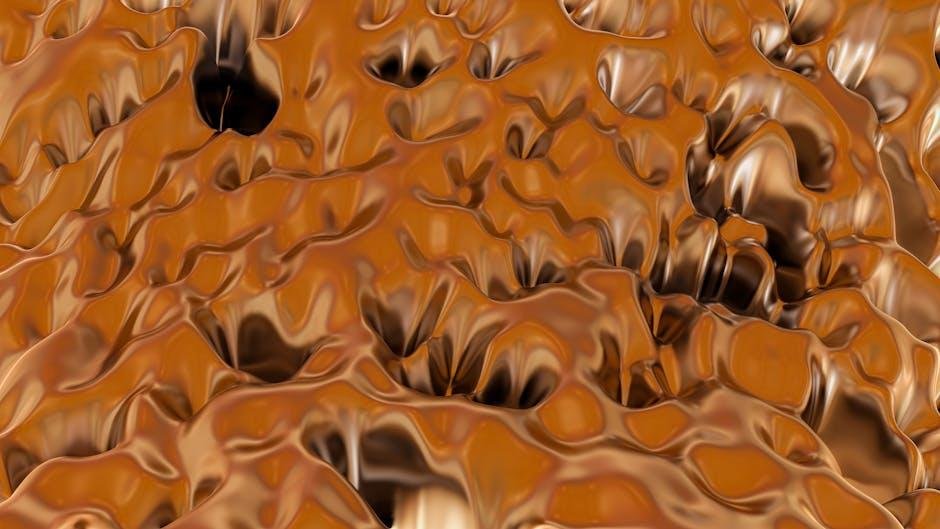In the ever-evolving world of beauty and cosmetics, the quest for the perfect contour has sparked a spirited debate among makeup enthusiasts: cream or powder? Both formulations boast unique benefits, yet the ideal choice often hinges on personal preferences and skin types. As we navigate the intricacies of contouring, this article delves into the strengths and weaknesses of cream and powder contour products, illuminating their distinct characteristics and applications. Join us as we explore which option reigns supreme in the realm of sculpting and enhancing one’s natural beauty, providing insights to help you make an informed decision for your next makeup routine.
Exploring Texture: The Feel and Application of Cream and Powder Contours
When it comes to contouring, the texture of the product can significantly impact not only the application but also the final look.Cream contours offer a dewy finish that’s perfect for those seeking a more natural, skin-like effect. Their creamy consistency allows for easy blending, making them ideal for dry or combination skin types, as they provide moisture and hydration. On the other hand,powder contours tend to provide a matte finish,which can be particularly beneficial for those with oily skin. The lightweight texture of powder allows for precise application, especially when layering on top of a full makeup look.
Here’s a rapid comparison of the two formulations to help you decide which might be your go-to for contouring:
| Feature | Cream contour | Powder Contour |
|---|---|---|
| Finish | Dewy | Matte |
| Skin Type | Dry/Combination | Oily |
| Application | Blendable | Layerable |
| Longevity | May require touch-ups | Long-lasting |
Understanding the unique qualities of cream and powder contours will help you choose the most suitable product for your desired look. Each has its benefits, and experimenting with both might reveal that your ultimate contour solution lies in the balance of the two!

Longevity and Wear: How Each Contour Type Stands up to Time
When it comes to longevity, both cream and powder contours offer distinct advantages that cater to various preferences and skin types. Cream contour is frequently enough celebrated for its ability to meld seamlessly with the skin, providing a natural, dewy finish that can last throughout the day. However, it can sometimes be more prone to fading or transferring, especially in humid conditions. Conversely, powder contour is favored for its longevity, as it tends to adhere better to the skin’s surface and can resist wear from sweat and oil. This can make it a go-to choice for those who require a more durable option in hotter climates or during long events.
Comparison of Longevity Factors
| Feature | Cream Contour | Powder Contour |
|---|---|---|
| Durability | Moderate | high |
| Finish | Dewy | Matte/Satin |
| Transfer Resistance | Low | Moderate |
| best Use Conditions | Normal/Dry Skin | Oily/Combination Skin |
Choosing between these two options ultimately depends on individual needs. Those seeking a radiant glow and a more natural application may lean towards cream contours, while those prioritizing staying power and a refined, polished look may find themselves reaching for powders. Additionally, layering techniques can also extend the wear of cream products, suggesting a unique approach for those who are experts in makeup application.

Skin Compatibility: Choosing the Right Formula for Your Complexion
When it comes to contouring, selecting the right product can make all the difference in achieving a seamless and natural look. Both cream and powder contours have their unique benefits, but which is more suitable for your specific skin type? Understanding your complexion is crucial. For those with dry or mature skin, cream formulas often provide a dewy finish and blend easily, ensuring that the product doesn’t cling to any flaky patches. Alternatively, if you have oily or combination skin, powder contours might potentially be the preferred choice due to their mattifying properties that help control shine throughout the day.
To make an informed decision, consider the following factors that affect skin compatibility:
- skin Type: Oily, dry, or combination can dictate your choice.
- Finish Preference: Matte vs. dewy look can impact your overall makeup vibe.
- Blendability: Creams might offer easier application, while powders provide buildable coverage.
Matching contour products not only enhances the final look but also ensures longevity throughout the day.To visualize the differences, here’s a quick comparison table:
| Contour Type | Ideal Skin Type | Finish | application |
|---|---|---|---|
| Cream | Dry, Mature | Dewy | Easy blend |
| Powder | Oily, Combination | Matte | Buildable |

Techniques and Tips: Mastering Application for Flawless Results
when deciding between cream and powder contour, the application technique is key to achieving flawless results.for cream contours, consider using a damp makeup sponge or your fingers to blend the product seamlessly into the skin. This method helps to maintain a dewy finish, especially for dry or mature skin types. Apply the cream in a stippling motion, focusing on the hollows of your cheeks, the sides of your nose, and the jawline. To set the cream in place, lightly dust with a translucent powder to avoid any excess shine.
In contrast, powder contour lends itself well to a more defined look, particularly on oily skin. The ideal application technique involves using a fluffy brush to apply the powder in a sweeping motion along the desired areas. For greater intensity, build up the color gradually to avoid harsh lines.When using powder, a smart way to ensure long-lasting wear is to use a setting spray afterward. Below is a quick comparison of each product’s features:
| Feature | Cream Contour | Powder Contour |
|---|---|---|
| Finish | Dewy | Matte |
| Skin Type Suitability | Dry, Mature | Oily |
| Application Tool | Beauty Sponge, Fingers | Brush |
| Longevity | Average | Long-lasting |
The way Forward
In the ever-evolving world of beauty, the debate between cream and powder contour persists, inviting makeup enthusiasts to explore the nuances of each product. Ultimately, the choice between cream and powder boils down to personal preference, skin type, and desired finish.Cream contour offers a dreamy, seamless blend that can mimic the skin’s natural texture, making it a favorite among those seeking a dewy glow. Conversely, powder contour provides a structured, matte finish, ideal for those who favor a more defined look.
As you navigate your makeup journey, consider the unique attributes of both formulas. Experimentation is key—don’t hesitate to play with different textures, layering techniques, and color shades to discover your perfect combination. Whether you’re a fan of cream’s velvety touch or powder’s effortless application, remember that beauty is about expression and creativity.So,grab your brushes,trust your instincts,and contour your way to a look that makes you feel confident and radiant.After all, the best contour is one that enhances your natural beauty, no matter the medium.
